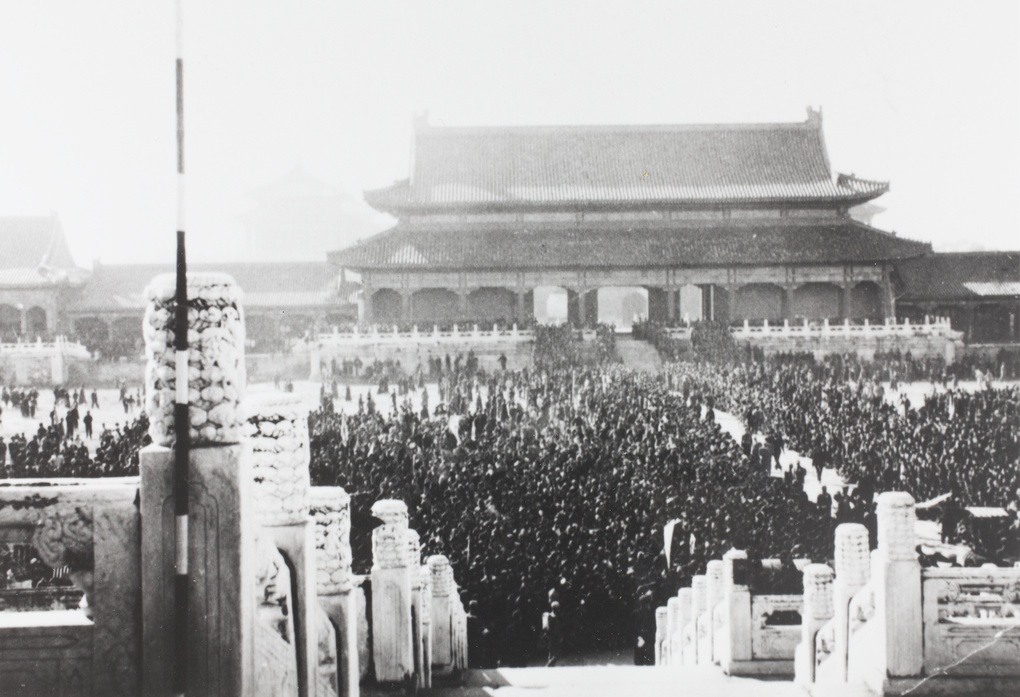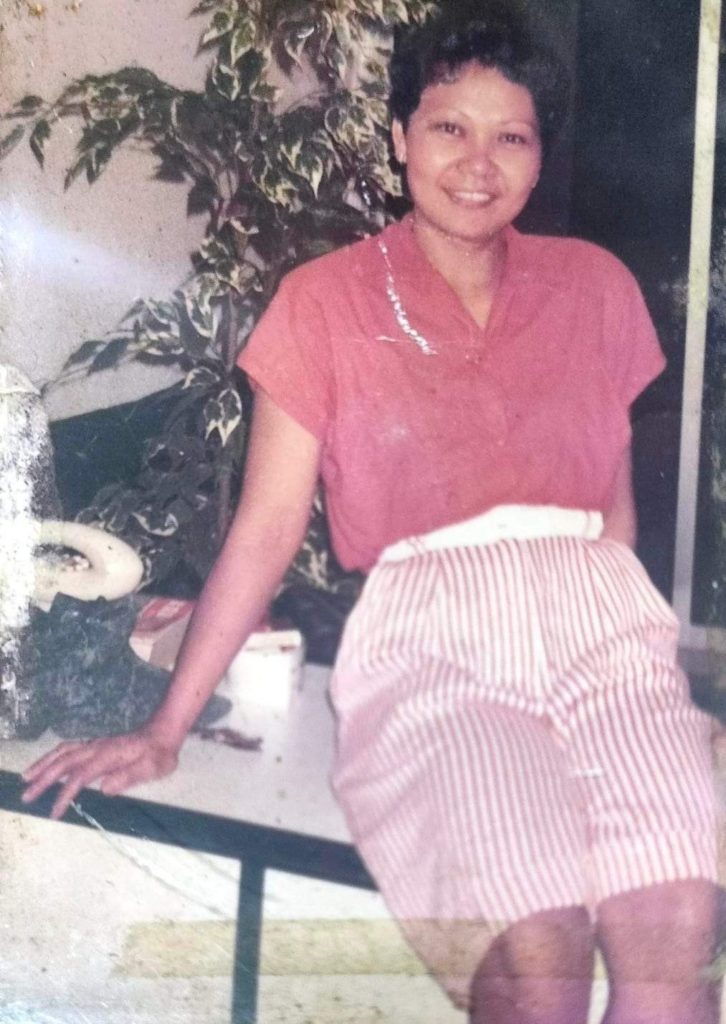Fifty years ago a viewing balcony at Heathrow Airport collapsed under the weight of fans desperate to see The Osmonds land. Ten thousand had turned out. Eighteen girls were injured. It marked the start of a UK tour where “Osmondmania” peaked.
The press used the word “hysteria” and David Dimbleby hosted a TV debate on whether The Osmonds were bad for the UK’s youth. Donny Osmond says “That hysteria and adulation will never happen again, ever, I don’t think for any artist. Even Harry Styles, Justin Bieber. Yes, it’s crazy but it’s a different kind of hysteria. Social media has changed everything. There’s no mystique. That hysteria of ‘I can’t get it, but I want it’ will never happen again because you can get it now”. Is Donny right? As teens have changed, has the nature of fandom changed too?
Tracing the history of teen idols, Josephine McDermott opens her own teenage diary for the first time and considers how her adulation for Take That compares to what went before for The Beatles and the Bay City Rollers, and what comes after with Harry Styles and social media influencers. Contributors include psychologists Dr Linda Papadopoulos, and Dr Rebecca Tukachinsky Forster from Chapman University in the United States.



